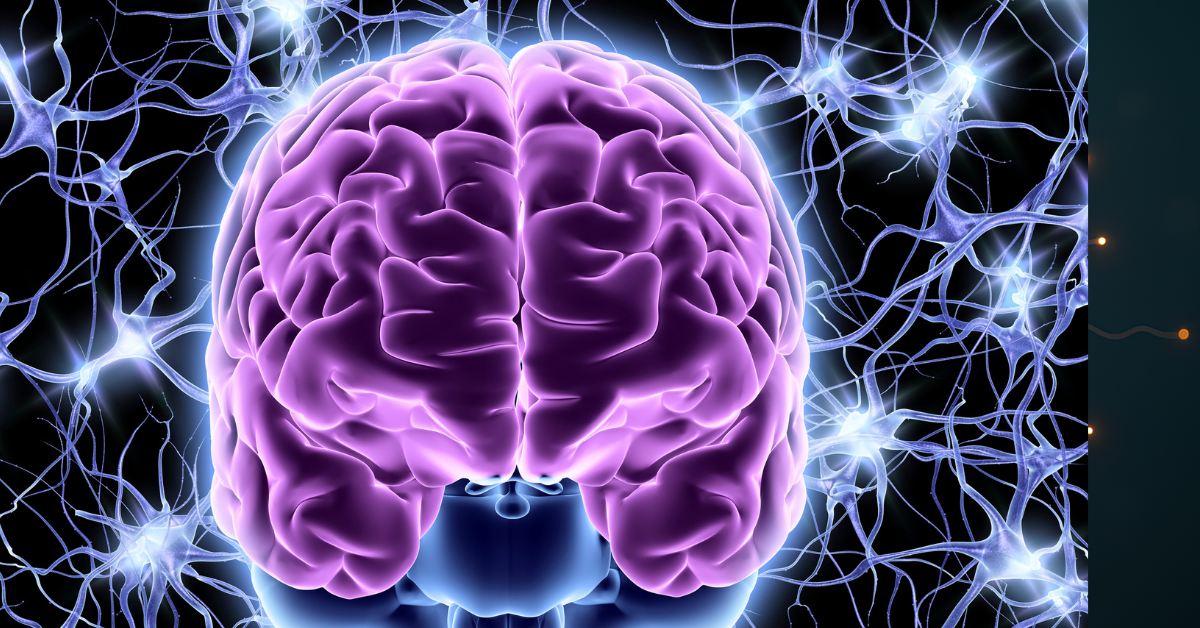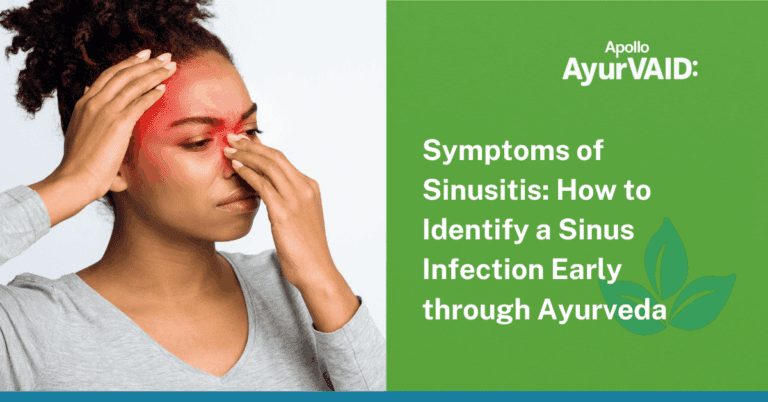Neurological disorders — ranging from strokes to Alzheimer’s and Parkinson’s — touch the lives of millions around the world, not just those diagnosed but also their families and caregivers. These conditions can be overwhelming, affecting memory, movement, independence, and emotional well-being. While modern neurology has made remarkable progress in diagnostics and treatment, many individuals still find themselves navigating a journey focused more on managing symptoms than truly understanding or healing the root causes.
This growing awareness has opened the door to integrative approaches — ways of caring for the brain that combine the precision of modern science with the depth and wisdom of ancient systems like Ayurveda. Together, they offer a more compassionate, comprehensive path toward Ayurveda for brain health, recovery, and improved quality of life.

Ayurveda’s View of the Nervous System
In Ayurveda, Vata Dosha is defined as the force that is responsible for motion and communication in the body and mind. Derived from the Sanskrit roots “Va gati gandhanayo”, Vata embodies both Gati (movement) and Gandhana (sensation or perception), encapsulating its role in initiating and regulating physiological and neurological activities.
Such a conceptualisation aligns with modern formulations about the nervous system that carries signals, coordinates actions, and processes sensory information. Thus, considering Vata as related to movement and perception shall be the equivalent of describing neurons and neurotransmitters communicating throughout the body.
The Five Subtypes of Vata: Functional Correlates in Neurology
- Sadhaka Pitta supports intellect and the processing of emotions.
- Tarpaka Kapha nurtures and protects the brain structure, much like the cerebrospinal fluid.
Beyond a Singular Lens
Contemporary neurology tends to compartmentalise disease, frequently neglecting the interconnectedness of the body’s systems. Ayurveda, on the other hand, presents a whole, relational understanding. Each organ, tissue, and function falls within a web of interaction — a perspective particularly pertinent when addressing complex neurological disorders.
Neuroplasticity of the brain, or its ability to change and adapt, resonates deeply with Ayurveda principles. Through realigning the internal environment of the body, Ayurveda provides interventions to aid the brain’s inherent ability to rewire itself and regain lost functions.
Finding Common Ground
The aim of integrative medicine is not to amalgamate Ayurveda and contemporary neurology into a single amorphous system, but to provide a foundation for constructive communication between the two. Principles of system coherence and symmetry in physics reflect Ayurveda concepts of Guna balance, Ojas (vital energy), and Purusha-Prakriti dynamic interactions. Common foundation principles provide scope for joint approaches that honour each system’s specific contribution.
Ayurveda Insight into Neurological Disorders
Alzheimer's Disease
Instead of classifying Parkinson’s purely on Dosha, Ayurveda examines the pattern of symptoms based on imbalance. A more subtle approach looks at Agni (digestive and metabolic fire) and Prakriti (constitution of the individual), with tailored interventions to rewire the brain and regain function.
Observational studies indicate that Vata Prakriti individuals have a higher likelihood of neurological degeneration, possibly because of the increased susceptibility to damage to cellular membranes. This further underscores the significance of constitution-based preventive medicine.
The Integrated Clinical Model
TheApollo AyurVAID Integrative Stroke Rehabilitation Programme combines Panchakarma, speech therapy, and physiotherapy to target both root causes and symptoms, supporting neuroplasticity of the brain and accelerating recovery.
Conditions like multiple sclerosis, Parkinson’s, and post-stroke disability are now managed using this holistic framework, showing encouraging results in improving quality of life and functional independence.
Ayurveda Therapies in Neurological Care
Ayurveda presents a variety of therapies aimed at detoxifying, rejuvenating, and rebalancing:
- Panchakarma: A five-step cleansing regimen that removes Ama (toxins) and stabilises Dosha imbalances. Panchakarma helps detoxify the system and rewire the brain, and promote Ayurveda nerve regeneration for better nerve function. It also increases the neuroplasticity of the brain.
- Vasti: Medicated enemas that are employed in the treatment of systemic Vata disorders such as Alzheimer’s and musculoskeletal degeneration.
- Nasya: Nasal application of medicated oils that can increase mental clarity and potentially directly affect the central nervous system.
- Shirodhara: Warm oil poured over the forehead, which is calming for the nervous system and can help cerebral circulation.
- Shirovasti: Medicament oil retention on the scalp, which is beneficial in treating neurodegenerative disorders.
- Snehana (oleation) and Swedana (fomentation): Applied to prepare the body for internal detoxification and enhance systemic circulation.
Numerous Ayurveda herbs employed in these therapies have compounds that can pass through the blood-brain barrier. These phytochemicals are neuroprotective, anti-inflammatory, and adaptogenic, enabling your brain to adapt and heal, again underpinning attempts at rewiring your brain.
Conclusion
The fusion of Ayurveda and modern neurology is not a compromise; it is truly synergy. This model champions holistic brain health, bridging ancient wisdom and modern science to promote long-term neurological wellness. From a systemic insight and technological precision perspective, they represent a complete understanding of neurological disorders. It deals with imbalances at their core rather than suppressing their symptoms, and offers the power of neuroplasticity of the brain.
By respecting individual constitution, by nurturing the gut-brain connection, and by joining therapies for rewiring the brain, integrative neurology provides a more unified path to healing. As further scientific evidence supports these treatment methodologies, the path toward the next step for more personalised, higher efficiency, and more compassionate neurological care will grow distinctly clear.







